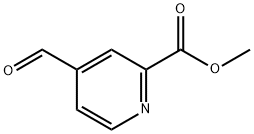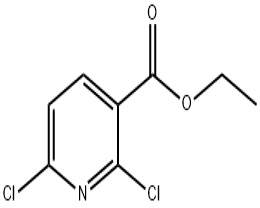1-Ethynyl-1-cyclohexanol (CAS# 78-27-3)
| Risk Codes | R21/22 – Harmful in contact with skin and if swallowed. R36 – Irritating to the eyes R36/37/38 – Irritating to eyes, respiratory system and skin. R20/21/22 – Harmful by inhalation, in contact with skin and if swallowed. R36/38 – Irritating to eyes and skin. |
| Safety Description | S36/37 – Wear suitable protective clothing and gloves. S36/37/39 – Wear suitable protective clothing, gloves and eye/face protection. S26 – In case of contact with eyes, rinse immediately with plenty of water and seek medical advice. S36 – Wear suitable protective clothing. S22 – Do not breathe dust. |
| UN IDs | UN 2811 6.1/PG 3 |
| WGK Germany | 1 |
| RTECS | GV9100000 |
| TSCA | Yes |
| HS Code | 29061900 |
| Hazard Class | 6.1 |
| Packing Group | III |
| Toxicity | LD50 orally in Rabbit: 583 mg/kg LD50 dermal Rabbit 973 mg/kg |
Introduction
Alkynycyclohexanol is an organic compound.
Properties of alkynyl cyclohexanol:
- Colorless liquid in appearance, soluble in water and common organic solvents.
- Has a strong pungent odor at room temperature.
- Alkyne cyclohexanol has high reactivity and can carry out a variety of chemical reactions, such as addition reactions and oxidation reactions.
Use of alkynycyclohexanol:
- As an important intermediate in organic synthesis, it is used to synthesize a variety of organic compounds, such as aldehydes, ketones, alcohols and esters.
Preparation method of alkyne cyclohexanol:
There are several ways to prepare alkynyl cyclohexanol, and the commonly used ones include:
- Isobutylene is used as a raw material, hydrogenated under acidic conditions to produce isobutenol, and then through alkali catalysis, a rearrangement reaction occurs to obtain alkyne cyclohexanol.
- Hydrogen pressurized reaction: cyclohexene and hydrogen react in the presence of a catalyst to form alkyne cyclohexanol.
Safety information for alkynocyclohexanol:
- Cyclohexanol is irritating and may cause irritation and redness when it comes into contact with the skin and eyes.
- May cause allergic reactions, take personal protection when using it.
- During operation, inhalation of its vapors and dust should be avoided to avoid irritation to the respiratory tract.
- When storing, it should be stored tightly sealed, in a cool, dry place, away from fire and high temperatures.








